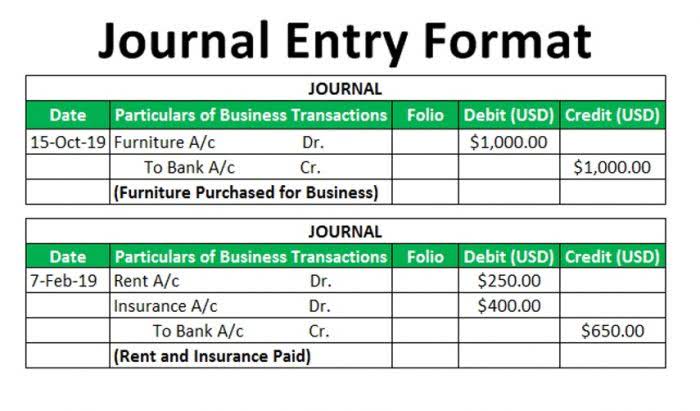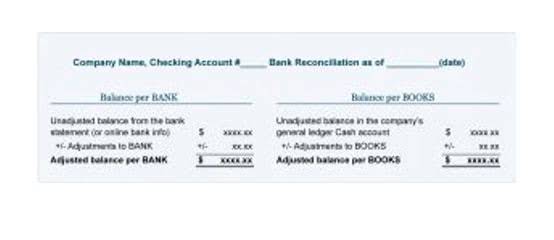Classified Balance Sheet Complete Guide to Classified Balance Sheet

The difference between a classified balance sheet and a balance sheet is that a classified balance sheet separates a company’s assets and liabilities into different categories. This allows investors, creditors, and other interested parties to quickly see how much debt the company has its liquidity, position, and the value of its assets. The management has to decide what type of classification it wants to apply to the headings since no subcategories have been prescribed, nor is there any limit on the number of sub-headings to be created under each title. However, it is important to first classify the assets and liabilities and current and non-current as a bare minimum. Separating current and long-term assets and liabilities provides a better understanding of a company’s liquidity and solvency.

Much of our research comes from leading organizations in the climate space, such as Project Drawdown and the International Energy Agency (IEA). If a company has surplus cash available and it sees a valuable investment opportunity in some other business, it can decide to buy a stake in it. However, if a balance sheet is scattered information, you cannot extract the required information. There are many benefits of using a classified balance sheet over a simple one.
What Is Included in the Balance Sheet?
Accounts within this segment are listed from top to bottom in order of their liquidity. They are divided into current assets, which can be converted to cash in one year or less; and non-current or long-term assets, which cannot. Each category consists of several smaller accounts that break down the specifics of a company’s finances. These accounts vary widely by industry, and the same terms can have different implications depending on the nature of the business.
This balance sheet compares the financial position of the company as of September 2020 to the financial position of the company from the year prior. Last, a balance sheet is subject to several areas of professional judgement that may materially impact the report. For example, accounts receivable must be continually assessed for impairment and adjusted to reflect potential uncollectible accounts. Without knowing which receivables a company is likely to actually receive, a company must make estimates and reflect their best guess as part of the balance sheet. Retained earnings are the net earnings a company either reinvests in the business or uses to pay off debt.
What is the difference between a classified balance sheet and a balance sheet?
When the data has been set into the right classifications, you’ll add every section separately. At the point when that is finished, you’ll need to add each one of the subtotals to show up at your asset total, which is $98200. A similar rule holds for the Liabilities section, where you’ll list every single current liability, just as those that are long term, like other loans and mortgages.

It helps investors, creditors, and analysts assess a company’s ability to meet its short-term and long-term obligations. Similarly, current liabilities are obligations that must be paid within one year, while long-term liabilities have a repayment period of more than one year. By separating these items, the classified balance sheet provides a better understanding of a company’s ability to meet its short-term obligations.
Structure and content of financial statements in general
The creditors and investors have all the required information to decide about investment or issuing loans. A classified balance sheet format gives a fresh and perfectly clear view to the user. Despite the fact that balance sheets are made by accountants, they are also used by ordinary investors who probably won’t have an accounting foundation. The distinctive subcategories assist an investor with understanding the significance of a specific entry in the Classified balance sheet and the reason it has been put there.
Current liabilities may encompass account payables, note payables, accruals etc. In this accounting course, we have already described that the current trend of presenting elements of balance sheet revolve around two main categories i.e. Using the accounting equation with a classified balance sheet is a straightforward process. First, you have to identify and enter your assets properly, assigning them to the correct categories.
Common Classifications In Balance Sheet
This detailed view can then be used to analyze the business’s liquidity, solvency, and overall financial health. If a company takes out a five-year, $4,000 loan from a bank, its assets (specifically, the cash account) will increase by $4,000. Its classified balance sheet liabilities (specifically, the long-term debt account) will also increase by $4,000, balancing the two sides of the equation. If the company takes $8,000 from investors, its assets will increase by that amount, as will its shareholder equity.
- Like your unclassified balance sheet, the totals of these classifications must follow the accounting equation, detailed below.
- This kind of analysis wouldn’t be easy with a traditional balance sheet that isn’t grouped into current and long-term classifications.
- It cannot give a sense of the trends playing out over a longer period on its own.
- A bank statement is often used by parties outside of a company to gauge the company’s health.

Recent Comments